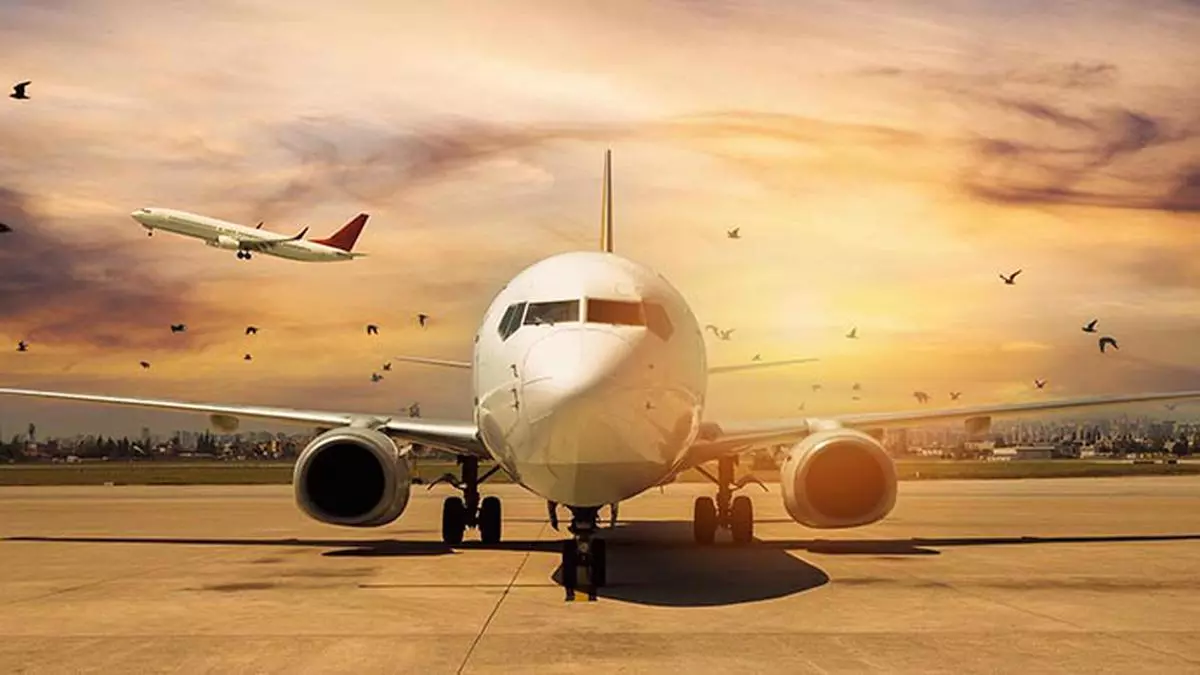India and Thailand have agreed to expand flight connectivity to boost trade and tourism.
The two countries signed a memorandum of understanding on air services in Bangkok on Friday – a day before the announcement of general elections.
“The bilateral MOU will further enhance capacities of airlines operating between the two countries, aiming at strengthening people to people and economic ties,” Indian Embassy in Bangkok said in a ‘X’ post.
At present, Air India, IndiGo, SpiceJet and Vistara operate flights between India and Bangkok. Air India and IndiGo operate flights to Phuket as well. While Indian carriers fly to Thailand from six cities, four Thai carriers connect twelve destinations in India. There are around 75 daily flights (two-way) between the two countries now.
Indian carriers will be able to expand frequencies and add new destinations in Thailand with the two governments agreeing to a staggered increase in the current entitlement of 32,000 seats per week, it is learnt.
The increase will be done in two stages of 7,000 each. Thailand has agreed to open four new extra points of call or destinations for Indian carriers. These include Chiang Rai, Hat Yai, Surat Thani, and Udon Thani.
The exisiting 32,000 weekly seats include those allocated to Go First. While these seats have not been reassigned post its closure, other carriers except SpiceJet are fully utilising their entitlement.
“India-Thailand is a large air travel market with high percentage of origin-&-destination traffic. An increase in seats is thus beneficial to both sides,” said an airline executive. Thus, this is different from West Asian countries whose requests for additional capacities is being put in a cold storage by government.
Scheduled international flights between two countries are carried out under a framework of bilateral air services agreements. In these pacts, countries exchange seats/ frequencies and points of call (destinations) on a reciprocal basis. Such traffic rights are held by governments and allocated to their respective airlines.
As a member state of the Association of South East Asian Nations (ASEAN), Thai carriers are also entitled to unlimited access to eighteen non metro cities in India. Flights to these 18 cities are not covered under the negotiated seat quotas.
“Given its proximity and reasonable prices, Thailand always sees a high travel demand. There is demand for wellness and luxury resorts too now,” said Guldeep Singh Sahni, co-chairman (outbound travel), FICCI.
“An increase in capacity will stimulate more footfalls. There are still concerns about European and US visas. Countries offering ease of travel will benefit in the travel season,” added Jyoti Mayal, president of Travel Agents Association of India.
Thailand announced a visa-free entry for Indians last November. The scheme which runs till May 10 is contributing to increased traffic from India.
Nearly 1,50,000 Indians visited Thailand in February which was 120 per cent higher compared to 2019, according to Tourism Authority of Thailand data.

